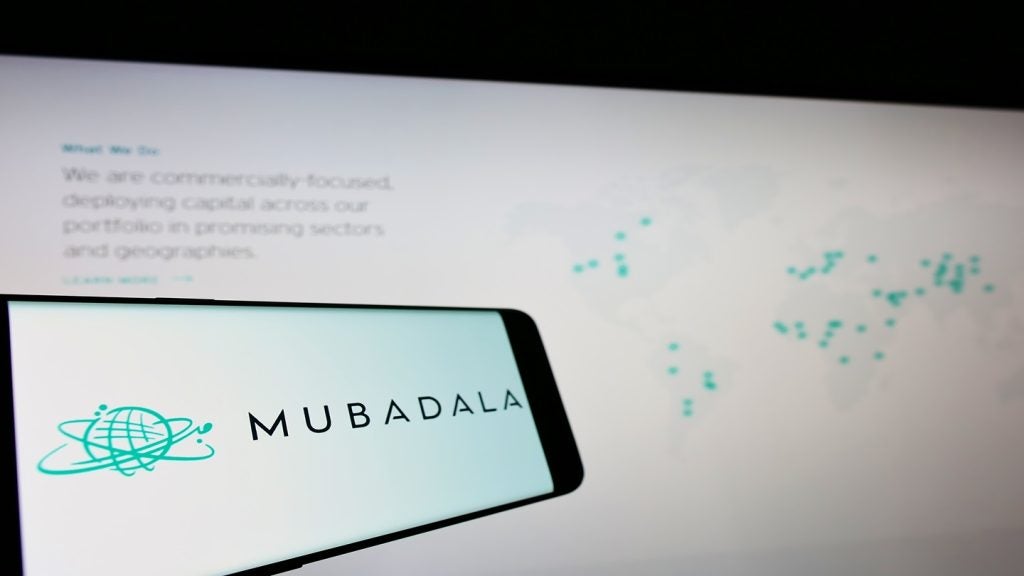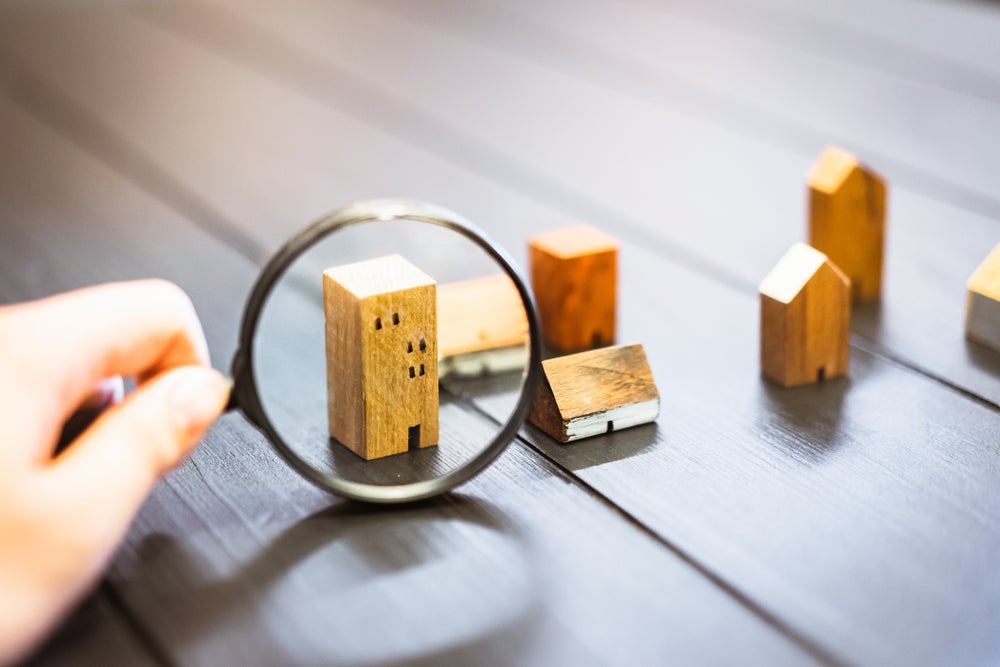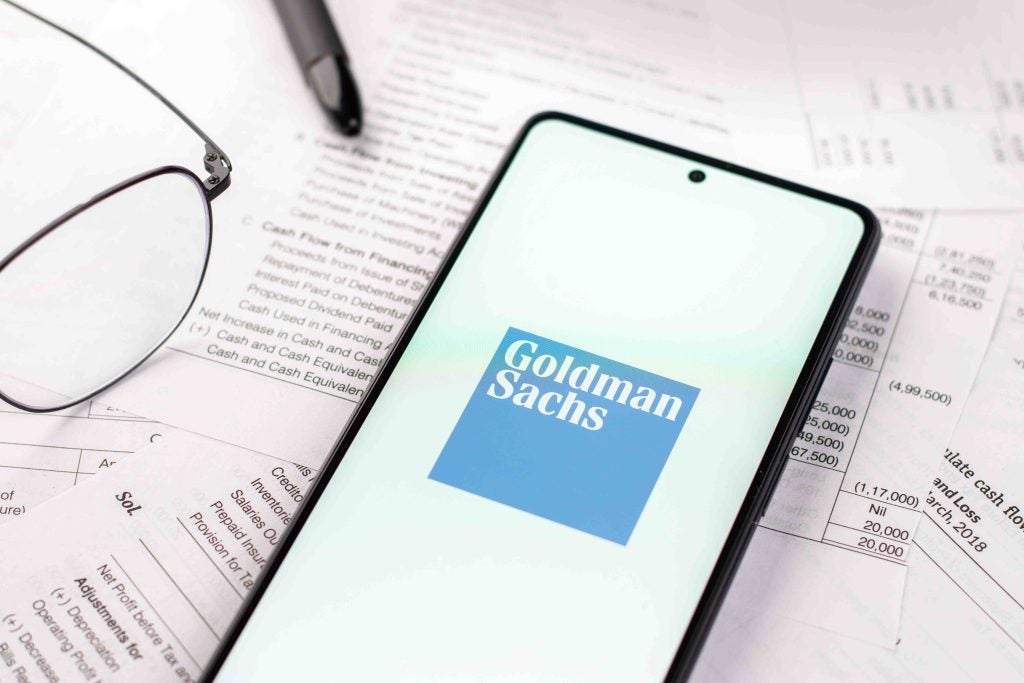Wealthy individuals are synonymous with luxury purchases. As the demand for luxury goods strengthens, especially in countries such as China, John Schaffer investigates if this market is driven merely by indulgence or strategic investment opportunities
It is no surprise that affluent individuals are associated with expensive cars, extravagant Swiss watches and an all-round luxurious lifestyle. Luxury goods can be viewed as part of the alternative asset class but their investment potential is questionable when compared with traditional investments.
A volatile market
The Wealth Report 2015 by Knight Frank, published in March, indicates that the luxury market performed well over a long period (2004-2014).
How well do you really know your competitors?
Access the most comprehensive Company Profiles on the market, powered by GlobalData. Save hours of research. Gain competitive edge.

Thank you!
Your download email will arrive shortly
Not ready to buy yet? Download a free sample
We are confident about the unique quality of our Company Profiles. However, we want you to make the most beneficial decision for your business, so we offer a free sample that you can download by submitting the below form
By GlobalDataHowever, findings from Digital Luxury Group suggest that interest in luxury goods has been stagnating and even decelerating in certain areas over recent months.
Although the investment potential of luxury goods are attractive to wealthy individuals, Raoul Beck, chief operating officer at Digital Luxury Group Intelligence, tells PBI that the luxury market can be volatile.
"Auction records can be misleading, and the markets for art, luxury watches and estate jewellery are cyclical. In the 2008 market crash, prices dropped by double-digit percentage points."
It can also be difficult to predict the value of individual pieces of jewellery or art, especially if purchases are driven by passion. Avid collectors could arbitrarily target specific items, making the market rather unpredictable.
Luxury goods also suffer from a lack of liquidity, especially if the item in possession is not the flavour of the month. Investors will also incur substantial commission costs from outlets such as auction houses and will be prone to taxation.
Beck says that the value of luxury goods is intangible: "The value is in the brand, the artist, the history. Therefore many people underestimate the effective cost of tax and insurance. Furthermore, branded goods such as luxury watches and jewellery lose much of their value at the moment the client steps out of the shop."

Luxury funds
Several wealthy individuals can gain access to the luxury goods market through their private banks, for pure investment purposes. Funds such as JP Morgan’s Consumer Trends Fund and Pictet’s Premium Brands Fund, incorporate luxury goods into their portfolios.
The funds are positioned to clients as relatively high risk ventures, with a significant reliance on demand from emerging markets. Because of this, the funds potentially leave themselves open to political, regulatory and economic instability.
Alexandre Mouthon, client portfolio manager at Pictet in Geneva, tells PBI: "From 2011 to 2013 the luxury segments did extremely well because we benefited from the exceptional growth of emerging markets and especially China as consumers in the region started to purchase luxury goods."
However, Mouthon adds that the surge in demand for luxury goods has "normalised" in the past two years, due to China’s crackdown on corrupt and suspicious spending.
Mouthon tells PBI that the Premium Brands Fund, which was created in 2007 and over $1bn in size, is popular with clients, as they identify themselves with many of the brands that are being invested in, such as LVMH and Dior.
"They like the story of premium brands. They understand it well, the fact that around the world you have the emergence of the middle class. Not only in China but in Latin America, elsewhere in Asia and Russia are consuming more and more premium goods."
Value of art
The art world has always had a close relationship with the ultra wealthy. Historically, art has often been funded through patronage or merely the desire to own items of culture.
With many of the Old Masters’ works exceeding $100m in value, art is seen as an alternative investment segment. Experts from Christie’s auction house, however, say that the market is mainly driven by passion purchases.
Olivier Camu, deputy chairman of impressionist and modern art at Christie’s, tells PBI that the amount of art bidders at the auction house has grown and become more international.
"There are many more collectors that can afford to bid at say over $50m/$100m than there were 20 years ago. We expect bidders from America, China, the Middle East and Europe."
Xan Serafin, sales director and senior vice president of post war and contemporary art at Christie’s New York, adds: "A lot of the high prices we are seeing are because you have the established clients as well as the emerging clients. It’s creating that perfect storm right now because they are all competing for the best works."
The rising amount of wealthy individuals from emerging markets has changed the geographical demographic of art buyers. Camu tells PBI that in some auctions 18% of sales are from Chinese bidders. The Chinese market also creates a new breed of art collectors who have not originated from inherited wealth.
The rise of the self made wealthy has led the exclusive area of art collection to have a wider scope, which is why "the middle market and the entry level market has been as strong as it is".
Serafin says that some collectors know just as much about the paintings as some of the top specialists, "because this is a life pursuit for them, to build these impossible collections".
Although the growth in demand for art would suggest investment intentions of bidders, buyers are not purchasing art with the intention of a re-sale in the near future, according to Camu.
"There was a speculative bubble in 1989, fuelled by the Japanese mainly.Then we would often see works being bought and resold at auction within 12 months’ time. Now, collectors generally keep their art and if one keeps something for 10 years or more then it is not speculation."
Much like the art market, classic car purchases are fuelled by passion. Knight Frank’s The Wealth Report 2015, in particular, indicates that the investment index for classic cars has grown by 487% over a ten year period (specifically 16% increase in 2014 and a 47% surge in 2013). The impressive and consistent growth in the market makes classic cars an attractive alternative asset class.







